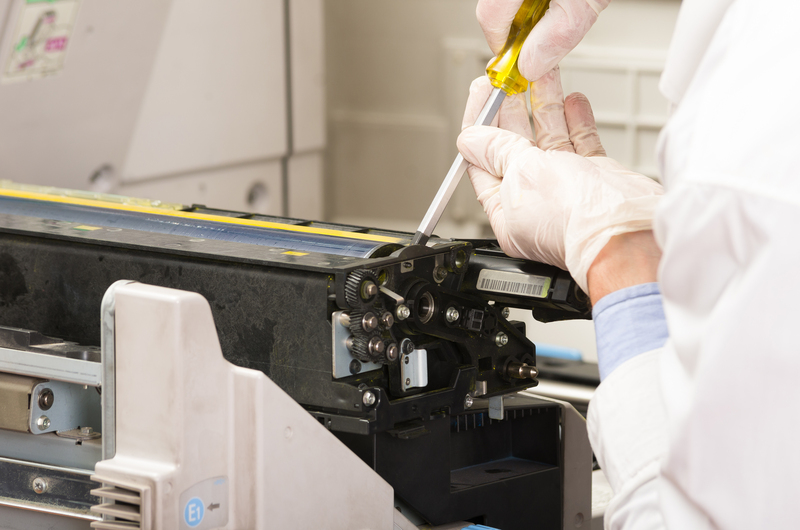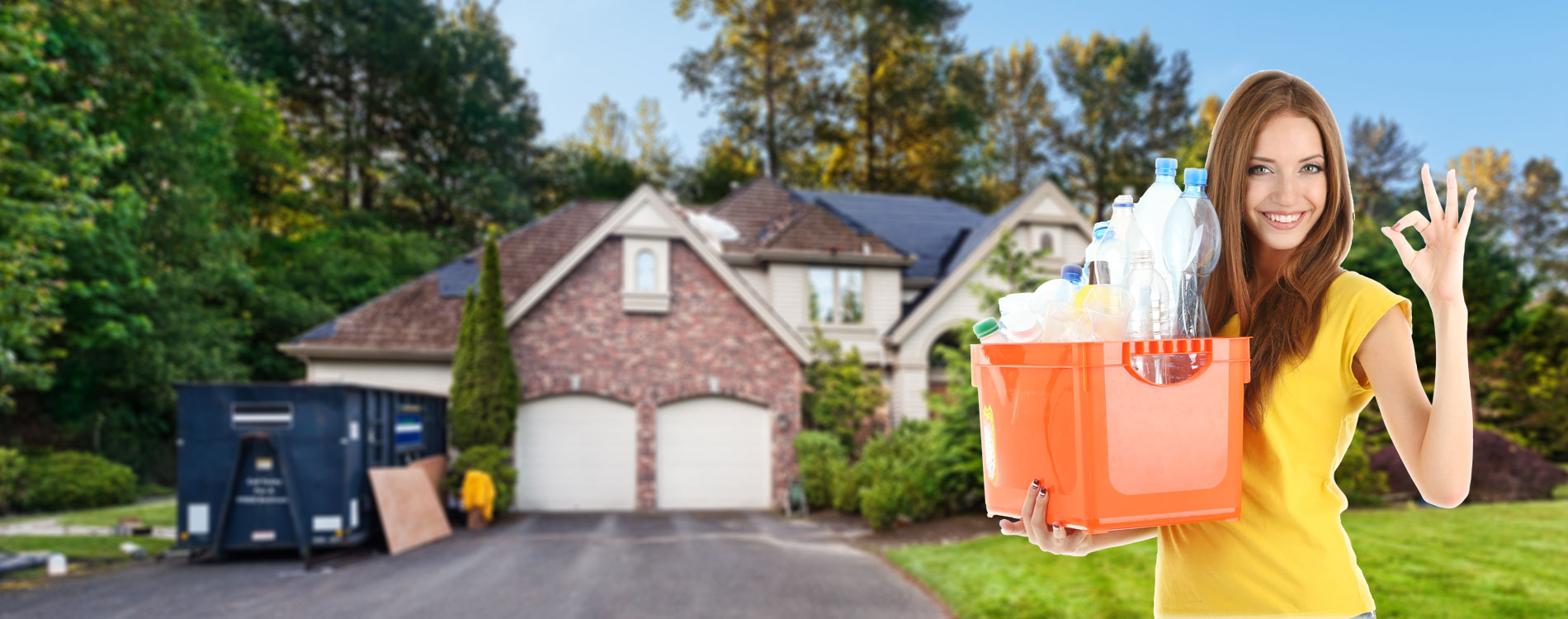Step-by-Step Guide to Recycling Paper at Home
Posted on 14/05/2025
Recycling paper at home is not only an environmentally responsible activity but also a simple and effective way to reduce waste and conserve natural resources. This step-by-step guide will walk you through the process of recycling paper, offering valuable tips, and highlighting both the pros and cons of doing it at home. By the end of this article, you'll have a comprehensive understanding of how to start recycling paper in your household.
Why Recycle Paper?
Recycling paper has numerous benefits. It helps reduce the amount of waste that ends up in landfills, conserves natural resources such as trees, and saves energy and water compared to producing new paper. Additionally, recycling paper reduces greenhouse gas emissions, contributing to the fight against climate change.

Step 1: Gather Your Materials
Before you begin, make sure you have all the necessary materials. You'll need:
- Paper waste (newspapers, office paper, magazines, etc.)
- A designated recycling bin
- Scissors or a shredder (optional)
- A container for soaking paper (optional)
- Access to a local recycling center or community recycling program
Step 2: Sort Your Paper
Not all paper can be recycled. Sort your paper into categories: newspapers, office paper, magazines, cardboard, etc. It's essential to remove any plastic, metal, or other non-paper materials. Avoid recycling paper that is heavily soiled with food, grease, or other contaminants.
Step 3: Prepare the Paper
Depending on the type of recycling facility you use, you may need to prepare the paper by cutting or shredding it. Shredded paper can be easier to process, and it speeds up the recycling process. If you are making recycled paper at home, tearing or shredding the paper and soaking it in water can help break it down more efficiently.
Step 4: Process the Paper
If you're taking paper to a local recycling center, follow their specific guidelines for paper recycling. At home, you can create recycled paper using the following steps:
1. Soak shredded paper in water for several hours or overnight.
2. Blend the soaked paper into a pulp using a blender.
3. Pour the pulp onto a screen or mesh to drain excess water.
4. Press and flatten the pulp to form new sheets of paper.
5. Allow the sheets to dry completely before using.
Pros and Cons of Recycling Paper at Home
Pros:
- Reduces waste and landfill use
- Conserves natural resources like trees and water
- Saves energy and reduces greenhouse gas emissions
- Can be a fun and educational activity for families
Cons:
- Requires time and effort to sort and process paper
- May not be feasible for large quantities of paper waste
- Home paper recycling may not produce high-quality paper
- Some paper products are not suitable for recycling at home
Tips for Successful Paper Recycling
- Educate yourself about local recycling guidelines.
- Set up a convenient recycling station in your home.
- Involve all family members in the recycling process.
- Stay consistent with your recycling efforts.
- Consider donating used paper to schools or craft centers.

Takeaways
Recycling paper at home is a worthwhile effort that can have a significant positive impact on the environment. It requires a bit of time and effort, but the benefits far outweigh the drawbacks. By sorting, preparing, and processing paper waste, you can help conserve resources and reduce your environmental footprint.
Conclusion
Recycling paper at home is a practical and environmentally friendly habit that can make a meaningful difference. While it comes with challenges, the rewards are substantial. Remember to gather your materials, sort and prepare your paper, and follow the recycling process diligently. By doing so, you'll contribute to a healthier planet and set an excellent example for others to follow.


 020 8610 9486
020 8610 9486












